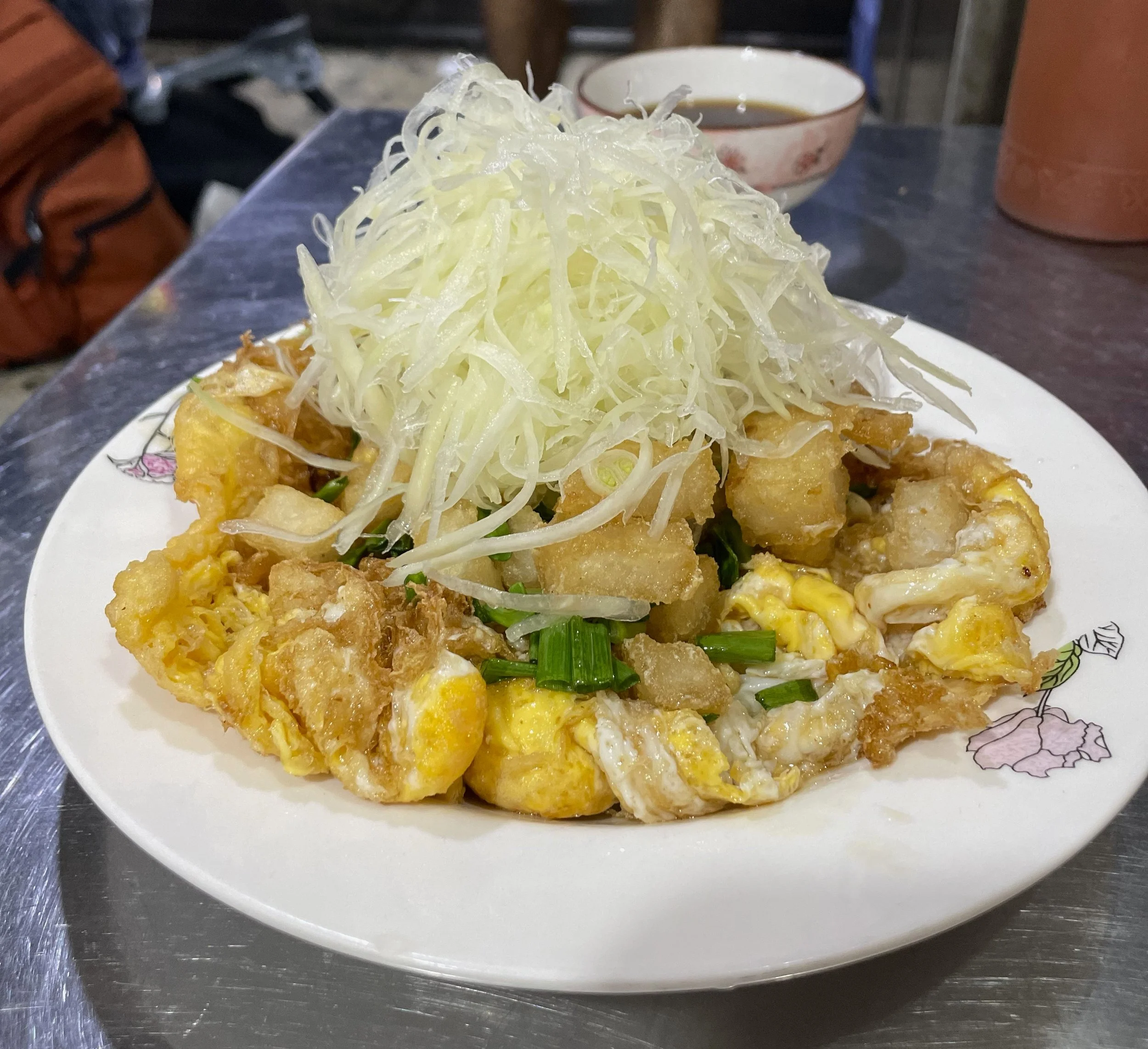explore the world through the universal language of food
Achiote. Tales of the Lipstick Tree.
A cluster of small and hairy, rusty red heart-shaped fruits sit nestled amongst the branches of a 5-metre tree, waiting to pop open and reveal its vibrant flesh and seeds. The meaty part of this fruit is inedible, but the seeds have been used for centuries in many applications. This is achiote, also known as annatto, and has been used in cosmetics, as a textile dye for textiles, and as a natural additive to food for thousands of years. The beautiful colour and unique flavour of achiote has found its way into many dishes around the world.
The Origins of Achiote
Achiote stems from the Nahuatl word āchiotl and is formally known as Bixa Orellana. In the English-speaking world, it is also known as annatto, yet this is technically a name to describe the colour that is derived from the seed. Achiote finds its roots in Central and South America, with Peru, today producing the majority of the world’s supply.
Due to the complex genetic makeup of the plant, it is impossible to generate new strains, therefore there is only one type of achiote in the world, yet each can differ slightly depending on environmental circumstances.
Achiote History - from ancient civilisation to the rest of the world
Achiote was symbolically used in Mayan and Aztec ceremonies and rituals, representing blood, fertility, and the vibrancy of life. The seeds were also ground into a paste and added to a variety of dishes, creating a distinctive flavour and colour. When the seeds were soaked for a period of time, the liquid obtained a beautiful red which was then used to dye textiles. Other parts of the plant such as were also used as natural remedies to cure a variety of ailments such as inflammation or digestive disorders.
Intrigued by these wonderous plants, the Portuguese and Spanish explorers decided to take them back to Europe in hopes to trade them as an exotic commodity. As trade routes opened connecting the Americas to Asia, achiote travelled initially to the Philippines via the Manilla Galleon Trade route that began in 1565. This significant trade route which lasted for around 250 years, connected Acapulco in Mexico to Manilla in the Philippines and was one of the largest world exchanges of spices, people, porcelain and precious metals in history.
Once achiote arrived in the Philippines it was adapted into their cooking, which inspired interest from Indonesia and other neighbouring countries in Southeast Asia. Through sea trade routes, it spread to Thailand, Vietnam, and Malaysia.
As colonisation in the Caribbean took place from the 15th Century onwards, the Caribbeans started incorporating achiote as a colouring and as a paste for marinating meats. The Transatlantic Slave trade also impelled Africans to work in the Caribbean and Americas as plantation workers and servants, enabling the exchange of commodities, including achiote.
Credit: sweetlifebake.com
What does achiote taste like and how to use it?
Achiote has a subtle floral and peppery taste, providing warmth to dishes like nutmeg. Despite its mild taste, adding achiote to a dish can transform it tremendously. It is used as a popular food dye to colour cheeses, candy, ice cream, and various meat products.
It can be used as a marinade for cochinita pibil, a Yucatecan speciality in Mexico, added to Brasilian fish moqueca, infused in Puerto Rican arroz con pollo or added to a Filipino Kare Kare.
The seeds of the achiote fruit can be used as is or are treated in several ways to extract optimal colour and flavour before it is used as a culinary ingredient.
Popular preparations of achiote seeds before incorporating them into a dish are:
Achiote Oil or Water
The seeds are submerged in oil or water and heated to impart colour and a touch of flavour.
Achiote paste
Vinegar is used with ground seeds and additional herbs or spices to form a paste.
Achiotina
Is the result of a flavour and colour extraction through heated animal lard.
Non-Culinary Uses
The achiote fruit and leaves are used in a variety of cultures around the world as a diuretic, wound dressing, anti-venom, and even a cure for muscle aches and pains. In a more altered form, it is used widely to colour creams and lipsticks in the cosmetic industry and as an additive to a variety of medicines.
This wondrous little plant has managed to place itself subtly into all the corners of the world, through a history of colonisation, trade routes, and cultural exchanges over many years. Achiote is another beautiful example of how food history and culture are so interconnected and can tell exciting tales that evolve over time.







